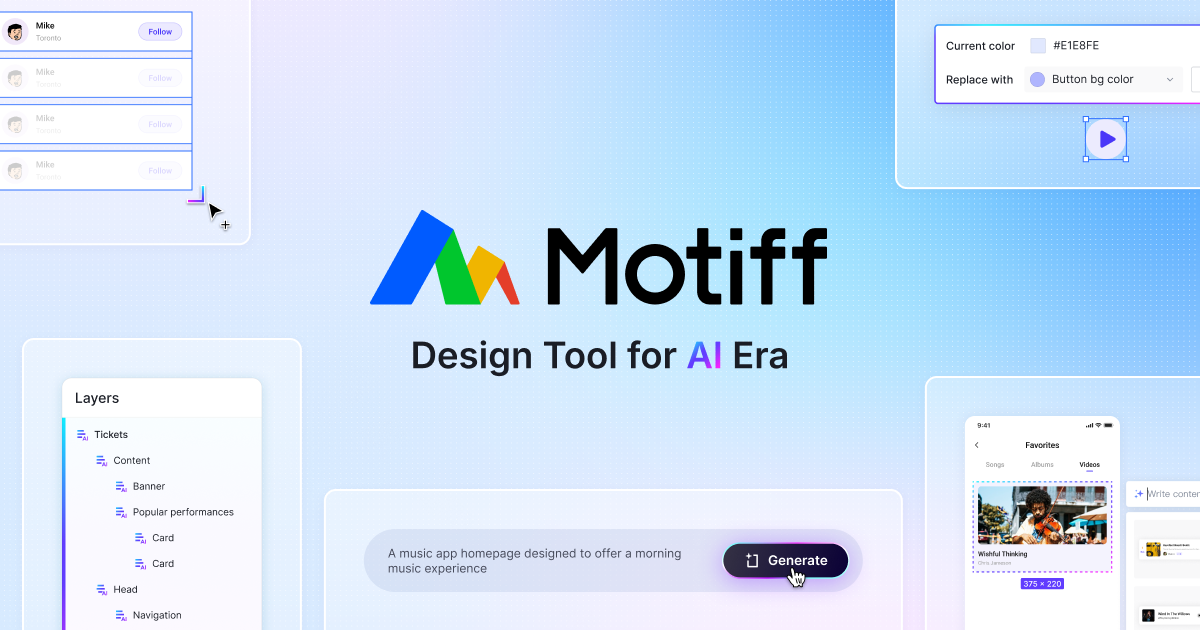

Amid a flood of Figma-inspired design tools, a fresh competitor has emerged: Motiff. Offering many features that echo Figma’s, Motiff stands out with its AI-enhanced functionalities.
If the interface of Motiff feels familiar, it might be for a reason. In a recent lawsuit, Figma claims that Motiff replicated parts of Figma’s source code, alleging that Motiff’s developers used Figma’s subscription to reverse engineer and recreate their software. Filed in a U.S. district court, Figma is pursuing damages of at least $75,000, though the exact amount is undisclosed.
Adding fuel to the fire, Motiff has reportedly used Figma’s name in some controversial marketing tactics, even positioning itself as a “better alternative.” The irony here isn’t lost on the design community.
Figma’s Acquisition Strategy
Over the last few years, Figma has been actively acquiring companies worldwide, often to expand its technology or reduce competition. Two notable acquisitions are Diagram and Visly.
Diagram: Expanding AI Innovation
Diagram, a trailblazing AI company in design, has gained attention through AI-driven plugins for icon creation, unique image generation, and even an in-app AI assistant. After raising $3 million in a seed round, Diagram caught Figma’s eye. Figma’s acquisition of Diagram, for an undisclosed but speculated multimillion-dollar sum, aimed to leverage Diagram’s AI advancements in Figma’s design suite. Interestingly, Diagram’s founder, Jordan Singer, joined Figma to lead AI development, though he left the company in 2024, shortly after the launch of Figma AI. The timing has raised some eyebrows within the tech community.
Visly: Enhancing Developer-Focused Design
Visly, another acquired startup, targeted design-to-code efficiency, helping developers convert design elements into clean, usable code. Its acquisition by Figma in 2021 ultimately paved the way for “Dev Mode” in Figma, a feature now widely appreciated by the developer community.
Figma’s acquisitions demonstrate a pattern similar to major tech players: buying out competitors or emerging innovators to build tech capabilities, often faster than developing in-house.
from Medium by Punit Chawla
